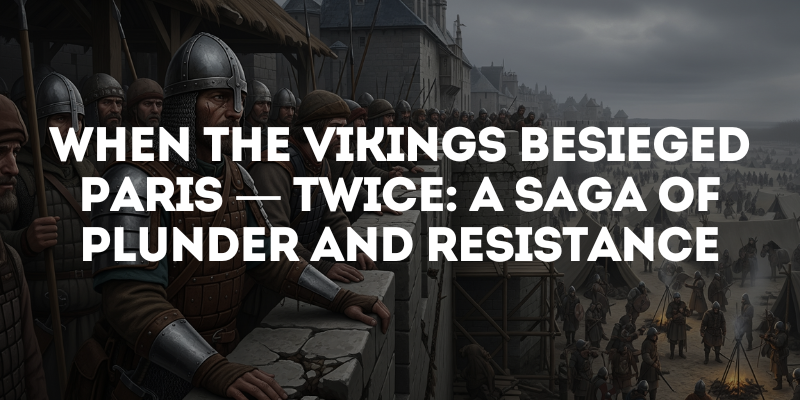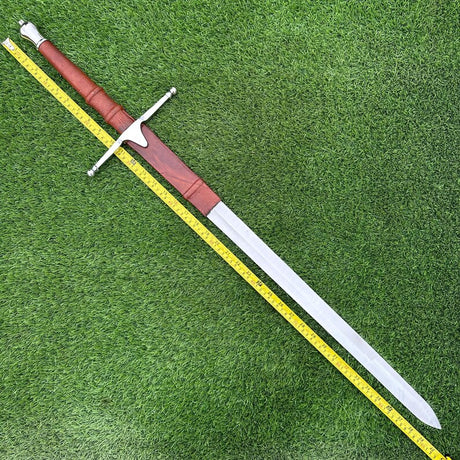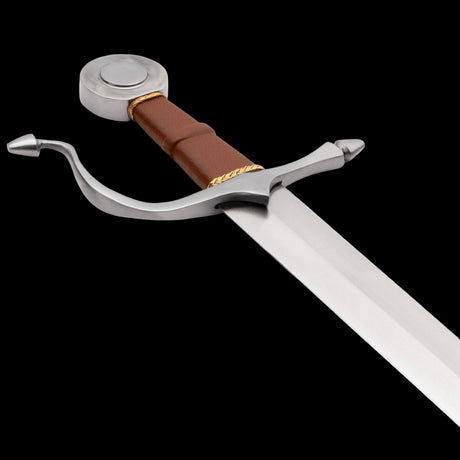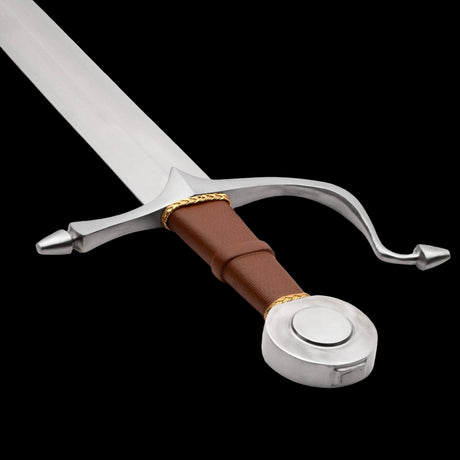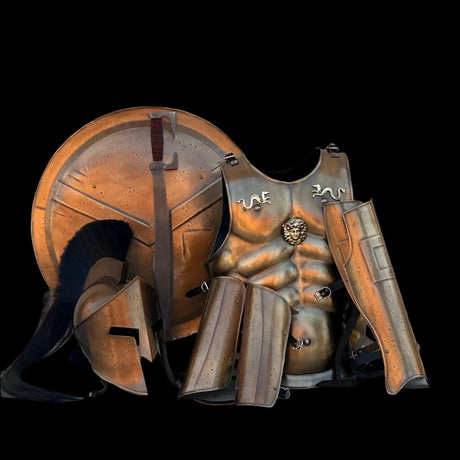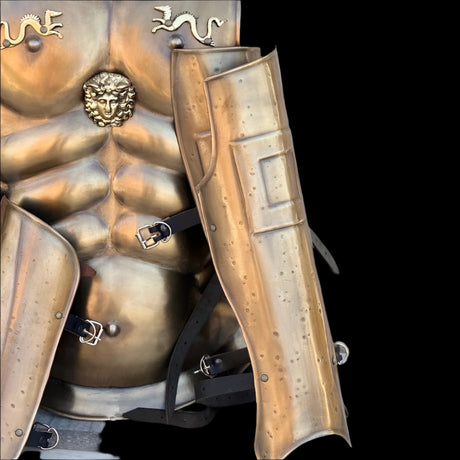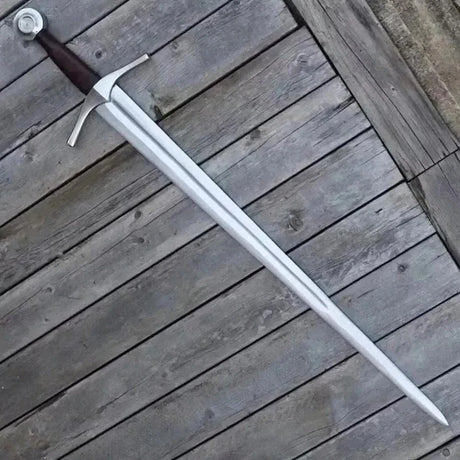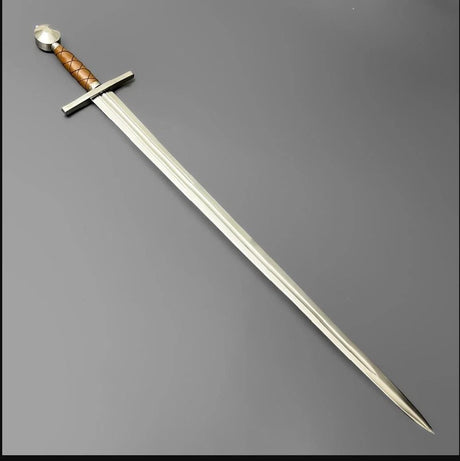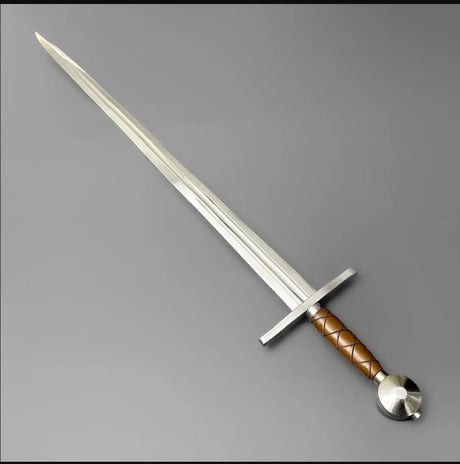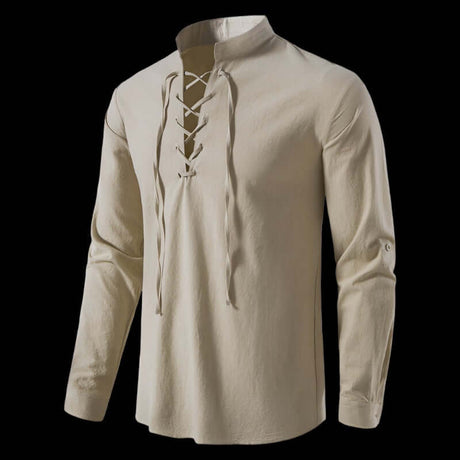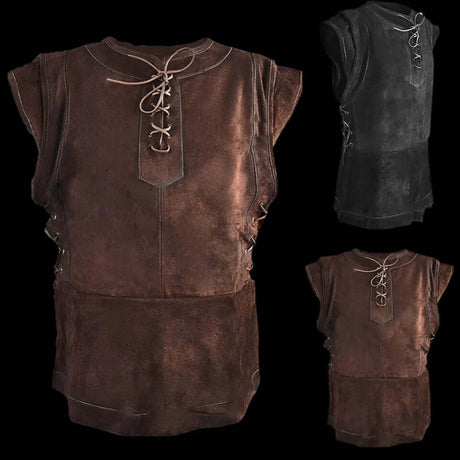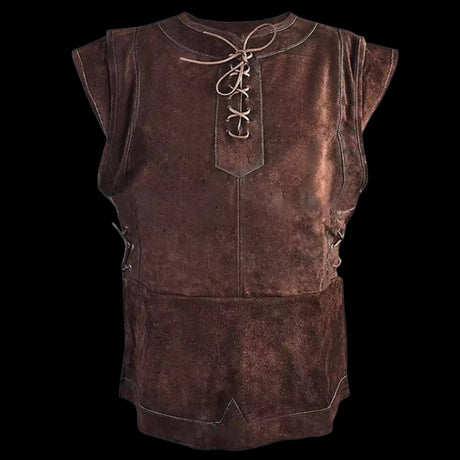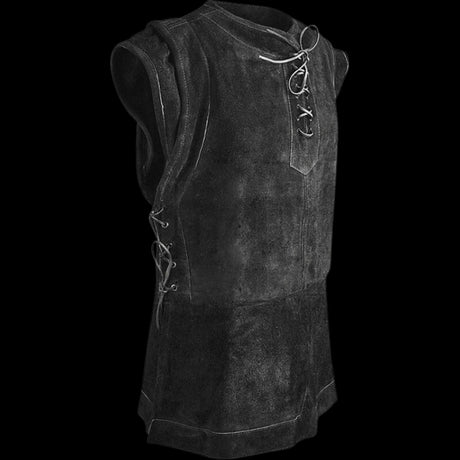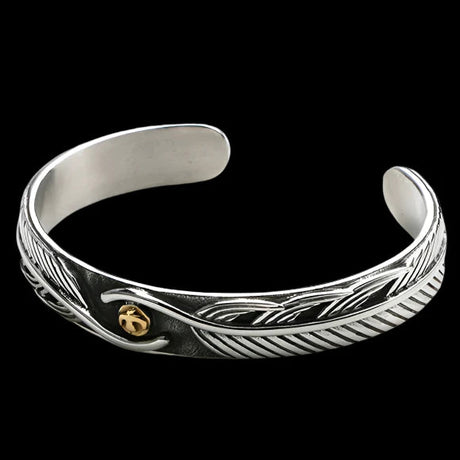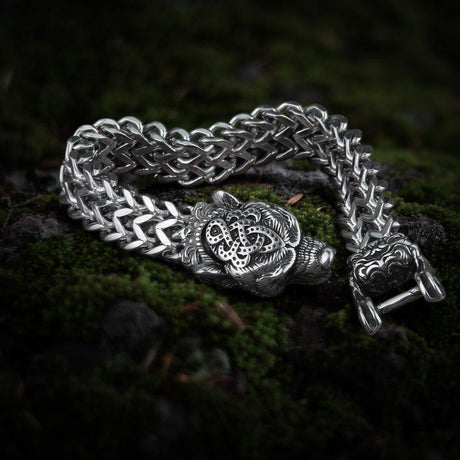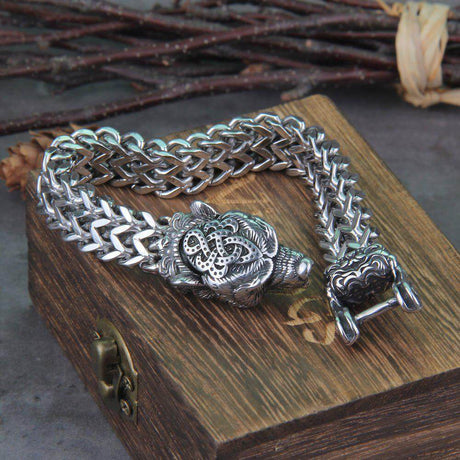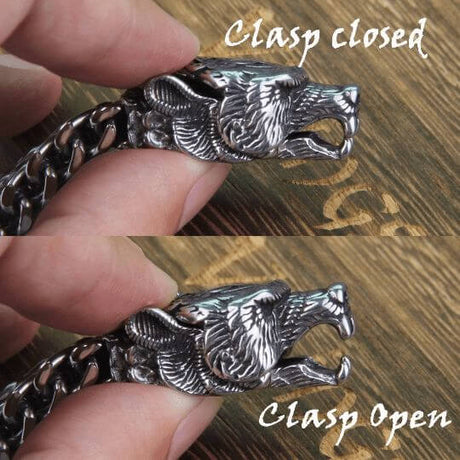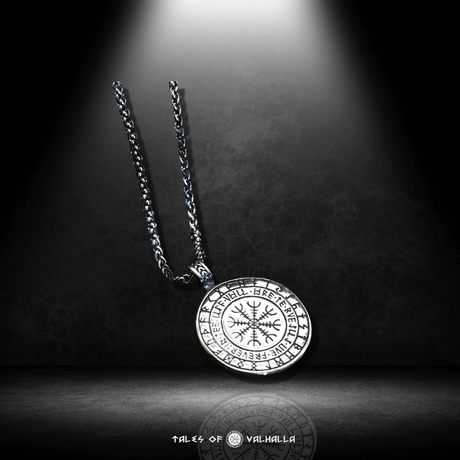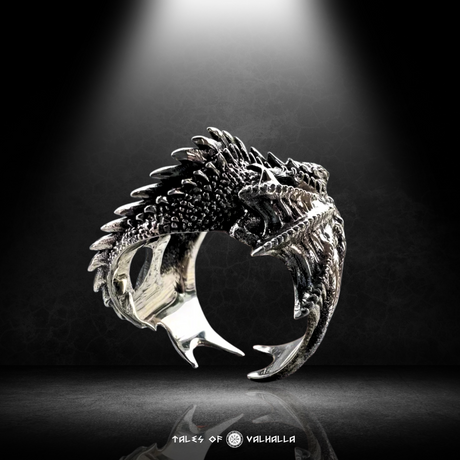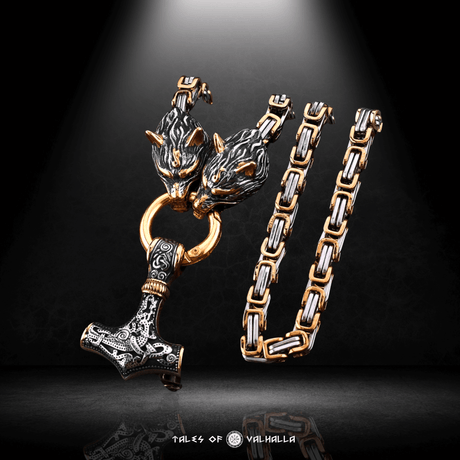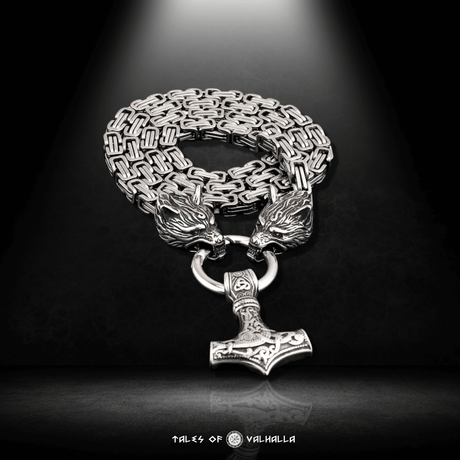The River Seine shimmered under the morning sun, a vital artery flowing through the heart of West Francia. But on two fateful occasions in the 9th century, its waters carried not just commerce, but terror. The sight of hundreds of dragon-prowed longships, sails billowing like dark omens, signaled that the Vikings besieged Paris, an event that would test the city's resilience, shape its destiny, and create legends that echo through history.
The story of how the Vikings besieged Paris is not a single tale, but a dramatic saga in two parts, separated by four decades. The first siege in 845 AD was a lightning raid of brutal efficiency, ending in a fortune of silver paid in fear. The second, the Great Siege of 885-886 AD, was a grueling, year-long struggle of fire, blood, and heroic defiance. This is the tale of those two legendary sieges: a story of evolving tactics, legendary figures, and the profound impact these Norse incursions had on the future of France.
The Prize of the Seine: Why Paris was a Prime Target
To understand why the Vikings besieged Paris, we must first recognize the city's immense strategic and symbolic value in the 9th century. Paris was not yet the sprawling metropolis we know today, but it was a jewel of the Carolingian Empire.

The Prize of the Seine: Why Paris was a Prime Target
A Strategic Chokepoint
The heart of 9th-century Paris was the Île de la Cité, a natural island in the middle of the Seine. This island was fortified and connected to the riverbanks by two crucial bridges. This geography made it both a formidable defensive position and a strategic chokepoint. Any force wishing to control the Seine river valley, a major artery for trade and transport, had to contend with Paris.
A Symbol of Wealth and Power
Paris was a center of both royal and religious power. It housed wealthy monasteries, like the Abbey of Saint-Germain-des-Prés, and royal estates. For the Vikings, these institutions were not places of worship but treasure troves, filled with gold, silver, and other valuables ripe for the plunder. Sacking Paris was not just profitable; it was a statement. The fact that the Vikings besieged Paris sent a clear message of their power to the Frankish rulers.
A Kingdom in Turmoil: The Fractured Carolingian Empire
The Vikings were brilliant opportunists. They launched their major attacks during a period of intense internal weakness in the Carolingian Empire. Following the death of the powerful emperor Charlemagne, his empire had been divided among his grandsons, who were often engaged in bitter civil wars. This internal strife meant that the Franks could rarely present a unified, coordinated defense, leaving wealthy targets like Paris vulnerable. The political chaos was an open invitation for the Vikings besieged Paris.
The First Siege (845 AD): Ragnar's Raid and the Price of Fear
The first major instance when the Vikings besieged Paris was a masterclass in Viking raiding strategy: swift, brutal, and ruthlessly pragmatic.
The Leader: Reginherus (The Legendary Ragnar Lothbrok?)
The leader of this Viking fleet is named in Frankish annals as "Reginherus." Many historians strongly believe this is a Latinized form of the legendary Norse hero, Ragnar Lothbrok. While the historical existence of Ragnar as a single individual is debated, the leader of the 845 siege was undoubtedly a powerful and cunning chieftain. This Viking fleet, numbering as many as 120 ships and thousands of warriors, was a formidable force.
The Attack: A Lightning Strike Up the Seine
In March of 845 AD, the massive Viking fleet sailed boldly up the Seine. The Frankish king, Charles the Bald, attempted to mount a defense by dividing his army and placing it on both banks of the river. This proved to be a fatal mistake. The Vikings simply concentrated their forces, annihilated one half of the Frankish army, and captured and gruesomely hanged over a hundred survivors in full view of the other half. The remaining Frankish forces, demoralized and terrified, melted away. The path to Paris was now wide open.
Story Vignette 1: The Monk's Terror Brother Amiel watched from a high window of the Abbey of Saint-Germain-des-Prés, his hands trembling as he clutched a holy relic. He had heard tales of the Northmen, but nothing had prepared him for the sight. The river, their lifeblood, was choked with dragon-headed ships. He saw the smoke rising from downstream villages and heard the distant screams. Now, they were here. The ferocity of their attack was unlike anything he had ever witnessed. It wasn't a battle of ordered lines, but a storm of chaos and violence. The moment the Vikings besieged Paris in 845 was a moment the city's soul was seared with a new kind of fear.
The Outcome: The Birth of the Danegeld
With no army left to defend it, Paris was an easy prize. The Vikings stormed the city on Easter Sunday, plundering its churches and monasteries. However, Reginherus and his men soon fell victim to a plague, likely dysentery. Faced with a dwindling, sickened force, the Viking leader chose negotiation over prolonged occupation.
King Charles the Bald, unable to muster an army, had only one option: to pay. He agreed to pay the Vikings a massive tribute of 7,000 French livres (around 5,670 pounds or 2,570 kg) of silver and gold to leave his kingdom. This payment, which would become known as "Danegeld," set a dangerous and costly precedent. It taught the Vikings that Frankish wealth was available not just through plunder, but through extortion. The first time the Vikings besieged Paris, it ended not with a bang, but with the clink of silver coins.
The Great Siege (885-886 AD): A Test of Endurance and Will
Forty years later, the Vikings returned. But this was a different kind of siege, and they faced a different kind of Paris. The Great Siege of 885-886 AD was not a quick raid, but a grueling, year-long war of attrition that would forge new heroes and expose the weaknesses of kings.

The Great Siege (885-886 AD): A Test of Endurance and Will
A Different Breed of Viking, A Different Kind of Army
The Viking force that arrived in November 885 was even larger than the first, a massive coalition fleet estimated at 700 ships and numbering tens of thousands of warriors. This was not just a raiding party; it was a migrating army, seeking not only plunder but potentially land and tribute on a grand scale. Their leaders included figures like Sigfred and Rollo (who would later found Normandy).
A City Transformed: The Defense of Paris
In the forty years since the last major attack, Paris had learned its lesson.
-
Fortifications: The Île de la Cité was now strongly fortified, and its two crucial bridges had been rebuilt with stone towers at their heads, acting as formidable gatehouses.
-
The Leaders of the Resistance: Paris was not defended by a king, but by its local leaders. The two primary figures were Count Odo of Paris, a skilled and determined military commander, and Bishop Gozlin, a fierce and inspiring churchman who proved to be as adept at commanding soldiers as he was at leading prayers. Together, they rallied the few hundred defenders against the massive Viking host. The stage was set for a truly epic moment when the Vikings besieged Paris again.
A Year of Fire and Blood: The Grueling Siege
The Vikings, expecting an easy victory, were met with fierce resistance.
-
Initial Assaults: The Vikings launched massive assaults on the bridge towers, using siege engines like catapults, battering rams, and even siege towers. The Parisian defenders, led by Odo and Gozlin, fought back with incredible bravery, using hot oil, pitch, and stones to repel the attacks.
-
War of Attrition: When direct assault failed, the siege settled into a long, brutal war of attrition. The Vikings blockaded the city, hoping to starve the defenders into submission. The Parisians endured months of hunger, disease, and constant skirmishes. The very meaning of the Vikings besieged Paris changed from a raid to a prolonged, agonizing struggle.
-
A Desperate Plea: Count Odo famously snuck through the Viking lines to plead with the Carolingian Emperor, Charles the Fat, to bring a relief army.
Story Vignette 2: The Warrior's Frustration Bjorn the Axe-man spat on the muddy ground. It had been months. Months of cold, damp, and the stench of sickness in their camp outside Paris. The quick, rich plunder they had been promised was a fading dream. Instead, they faced stone walls that would not fall and defenders who would not break. He had lost friends trying to storm the bridge tower, their bodies pierced by arrows or burned by hot pitch. Every day, they could see the wealth of the city, just out of reach. This was not the Viking way. This stalemate, this slow grind, was a new kind of warfare, and the frustration gnawed at him. The glory of the Vikings besieged Paris was being replaced by the grim reality of a long, bloody siege.
The Anti-Climactic End: A King's Betrayal
In the summer of 886, Emperor Charles the Fat finally arrived with a large Frankish relief army. The beleaguered defenders of Paris rejoiced, expecting a final, decisive battle to crush the Viking invaders.
Instead, Charles the Fat, hesitant to risk his army in a major battle, did the unthinkable. He entered into negotiations with the Vikings and agreed to pay them 700 pounds of silver. But the ultimate insult was yet to come: as part of the deal, he gave the Vikings permission to sail past Paris and spend the winter raiding the province of Burgundy, which was then in revolt against him.
The defenders of Paris, who had sacrificed so much for nearly a year, were utterly betrayed. They had held the line, only to see their Emperor pay the enemy and unleash them on fellow Franks. This act of political expediency would have dire consequences for Charles the Fat's reputation.
A Tale of Two Sieges: A Comparative Analysis
The two instances when the Vikings besieged Paris offer a stark contrast, highlighting the evolution of both Viking ambition and Frankish resistance.
The Long-Term Consequences: How the Sieges Shaped History
The two dramatic episodes when the Vikings besieged Paris had profound and lasting consequences that echoed for centuries.

The Long-Term Consequences: How the Sieges Shaped History
The Danegeld Policy: Pragmatism or Terminal Weakness?
The payment of Danegeld was a pragmatic but ultimately unsustainable policy. While it saved cities from immediate destruction, it marked the Franks as a wealthy and vulnerable target, encouraging future raids. It turned the Viking enterprise from pure plunder to organized extortion.
The Rise of a New Dynasty: The Hero of Paris
The Great Siege of 885-886 was a turning point for the French monarchy.
-
Charles the Fat's Disgrace: The Emperor's failure to fight and his subsequent bribe to the Vikings shattered his authority. He was deposed shortly after in 888 AD.
-
Count Odo's Glory: In contrast, Count Odo's heroic and determined defense of Paris earned him immense prestige and respect. He was elected King of West Francia after Charles was deposed, marking the beginning of the rise of his family, the Robertians, who would eventually become the Capetian dynasty that ruled France for centuries. The moment the Vikings besieged Paris and Odo stood firm, the fate of a royal line was sealed.
The Founding of Normandy: Taming the Northmen
The constant Viking pressure on Francia, exemplified by the sieges of Paris, eventually led to a new strategy. In 911 AD, the Frankish king Charles the Simple made a treaty with the Viking leader Rollo. Rollo and his men were granted the territory that would become Normandy ("Land of the Northmen") in exchange for converting to Christianity and, crucially, defending the Seine river from other Viking raiders. This act of settlement marked a major step in the integration of Vikings into European society. The long-term result of the Vikings besieged Paris was that they became protectors of the very river they once terrorized.
What the Sieges Tell Us About Viking Warfare
These two events provide invaluable insights into the nature of Viking warfare.
-
Mastery of Riverine Navigation: The ability to sail hundreds of ships deep into the heart of a kingdom was a testament to the unparalleled design of the longship and the skill of Viking sailors.
-
Developing Siegecraft: While their initial assaults in 885 failed, the Vikings demonstrated an ability to construct and use siege engines like battering rams and towers. They were adapting from lightning raids to more sustained siege warfare, even if they hadn't yet perfected it.
-
Strategic Goals: The shift from the pure plunder-and-leave raid of 845 to the massive, year-long siege of 885 shows an evolution in Viking ambition, from simple enrichment to large-scale extortion and potentially territorial conquest.
Conclusion: A City Forged in the Fires of Siege
The two occasions when the Vikings besieged Paris are more than just historical footnotes; they are pivotal moments that reveal the dynamic and evolving nature of the Viking Age. The first siege showcased the devastating effectiveness of the classic Viking raid and the weakness of a divided Francia. The second, a grueling war of attrition, highlighted the resilience of the Parisians, forged a national hero in Count Odo, and ultimately exposed the failing authority of the Carolingian emperors.
This tale of two sieges encapsulates the broader arc of the Viking Age itself – a transition from opportunistic raiding to large-scale campaigns, and finally, to settlement and integration. The fact that the Vikings besieged Paris and were paid to leave eventually led to a more permanent solution: giving them a land of their own. The fires of those sieges helped to forge the identity of a city and, in many ways, the future of the nation of France.
6 FAQs
-
Q: How many times did the Vikings seriously besiege Paris? A: While there were multiple raids in the region, there were two major, historically significant events where the Vikings besieged Paris. The first was a swift and successful raid in 845 AD, and the second was a massive, year-long siege from 885-886 AD.
-
Q: What happened during the first Viking siege of Paris in 845 AD? A: In 845 AD, a large Viking fleet led by a chieftain named "Reginherus" (often identified with Ragnar Lothbrok) sailed up the Seine. They easily defeated a divided Frankish army, plundered the city, and were paid a massive tribute of 7,000 pounds of silver and gold, known as Danegeld, by King Charles the Bald to leave.
-
Q: How was the Great Siege of 885-886 AD different from the first one? A: The Great Siege was much larger in scale (with a massive Viking fleet) and duration (lasting nearly a year). Unlike the first siege, Paris was now well-fortified and was heroically defended by local leaders Count Odo and Bishop Gozlin, who successfully repelled numerous Viking assaults.
-
Q: Was Ragnar Lothbrok really the Viking leader who besieged Paris? A: It is highly plausible. The leader of the 845 AD siege is named in Frankish historical records as "Reginherus." Many historians believe this is the Latinized form of the name Ragnar, and that this historical event is the basis for the legendary saga of Ragnar Lothbrok's attack on Paris.
-
Q: What was "Danegeld," and why did the Franks pay it to the Vikings? A: Danegeld ("Dane payment" or "Dane tax") was a tribute, usually in silver and gold, paid by rulers to Viking raiders. The Franks paid it as a pragmatic, though costly, strategy to make the Vikings stop their attacks and leave their territory when a military victory was not possible or desirable.
-
Q: What were the most important long-term consequences of the times the Vikings besieged Paris? A: The sieges had profound consequences. Count Odo's heroic defense during the 885-886 siege elevated his status, leading to the rise of his family (the future Capetian dynasty that would rule France). The constant Viking pressure also led directly to the Treaty of 911 AD, where the Viking leader Rollo was granted land, creating the Duchy of Normandy.

